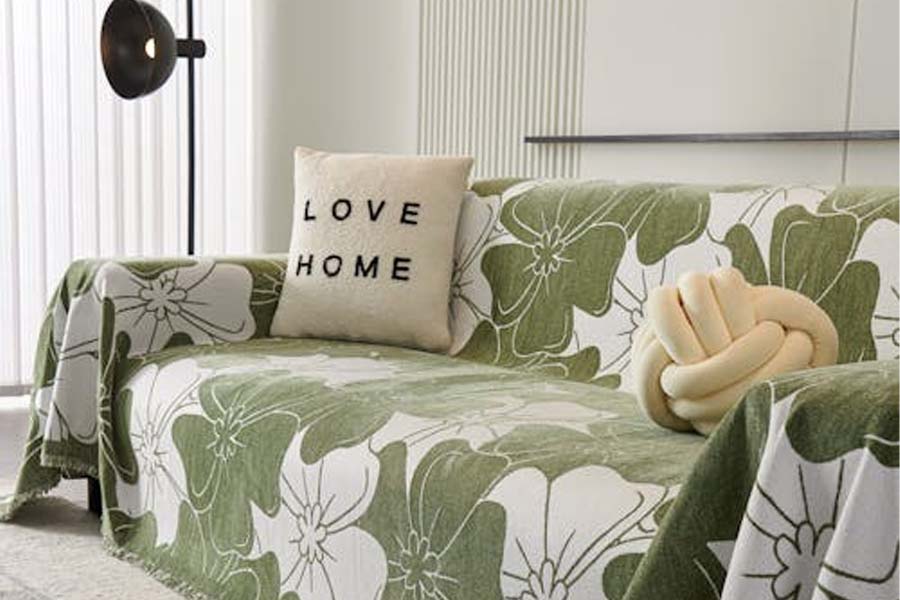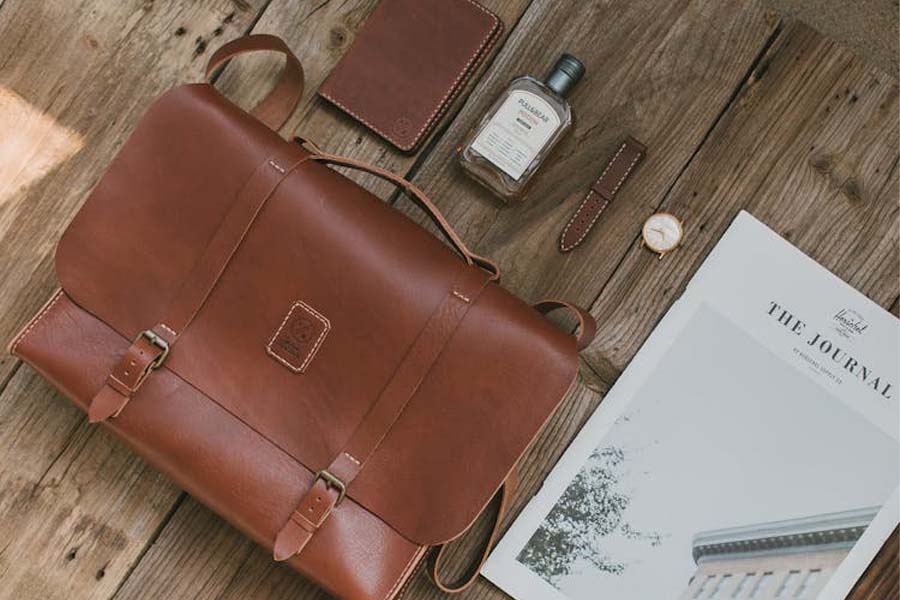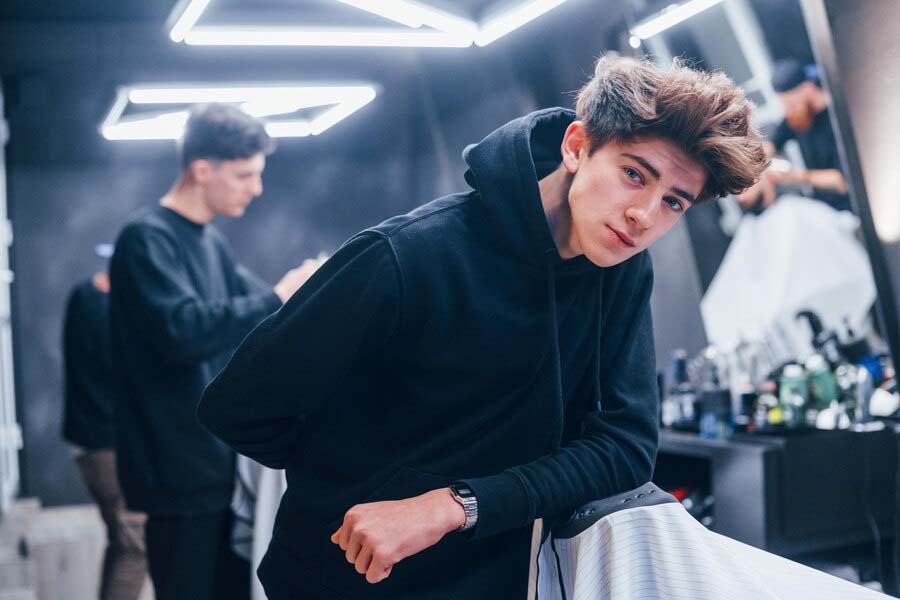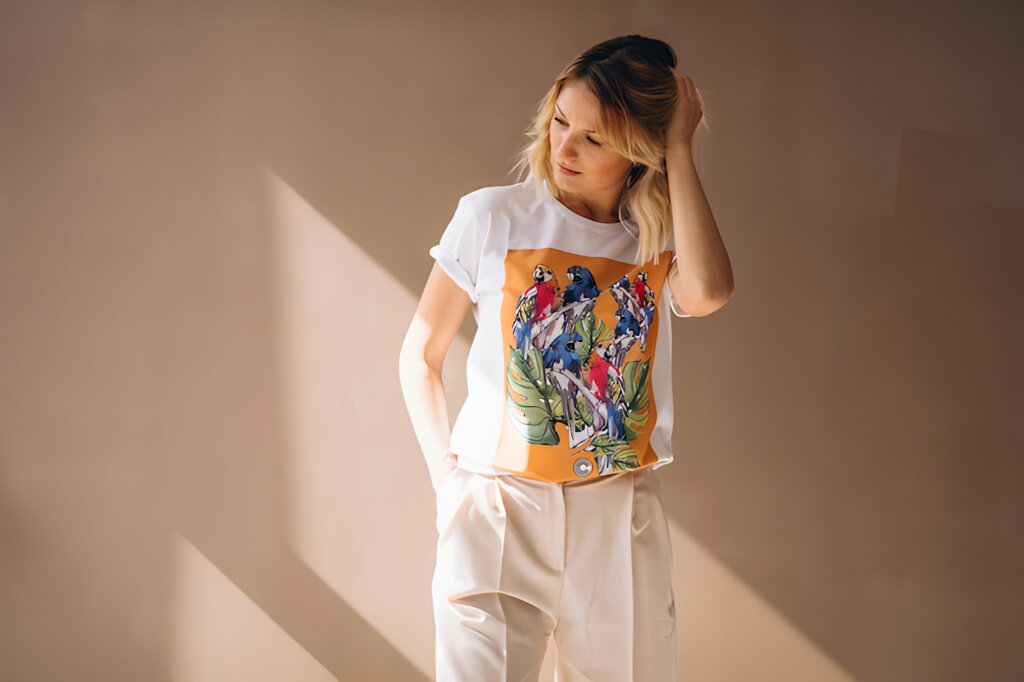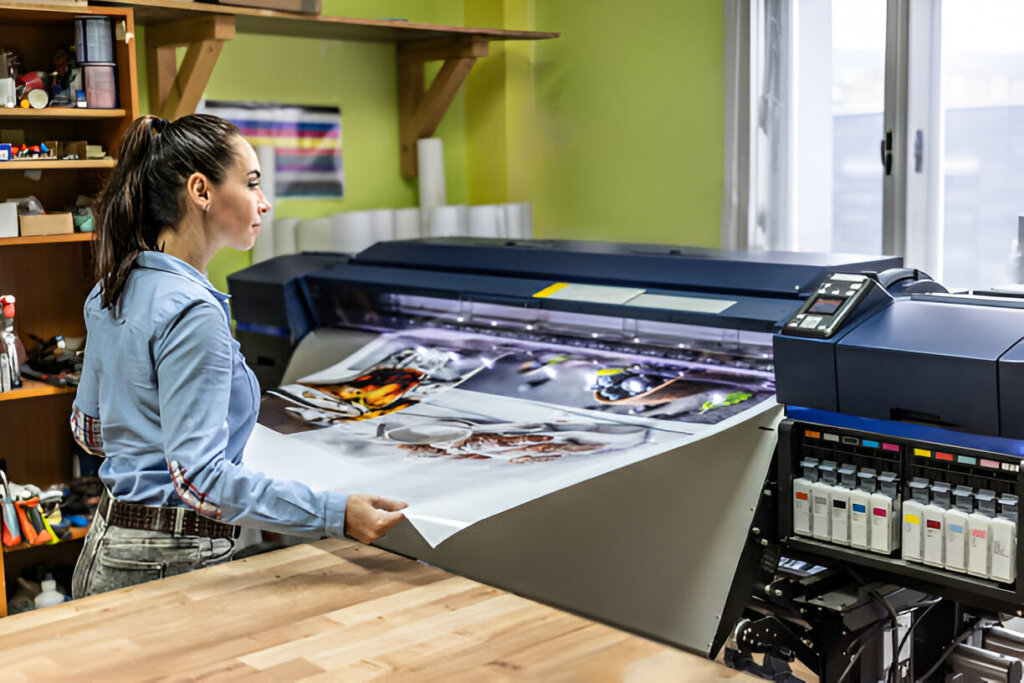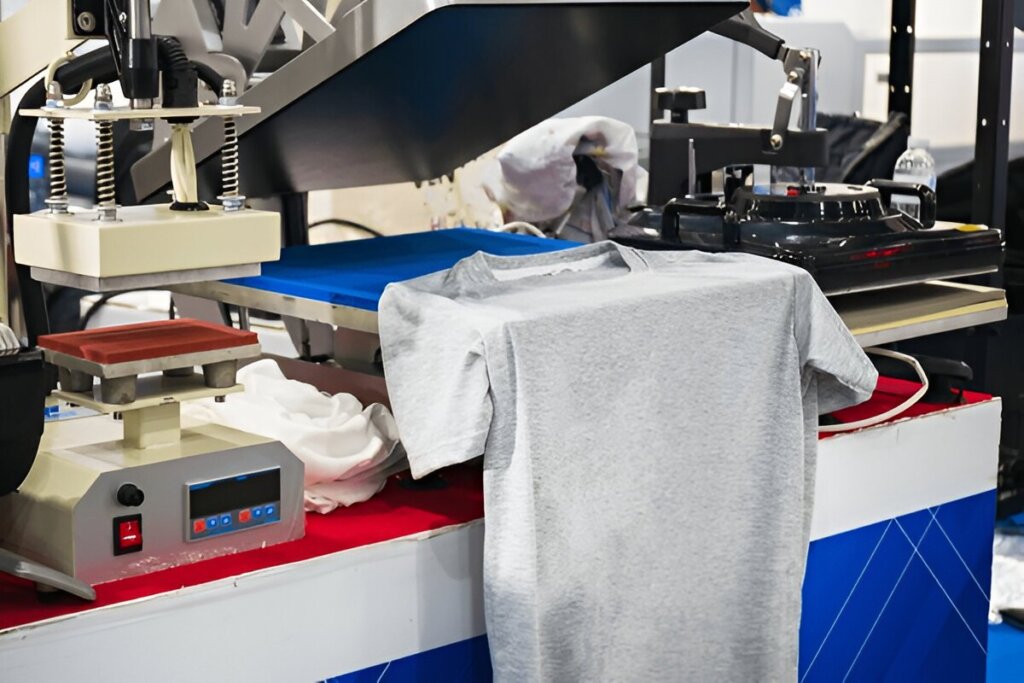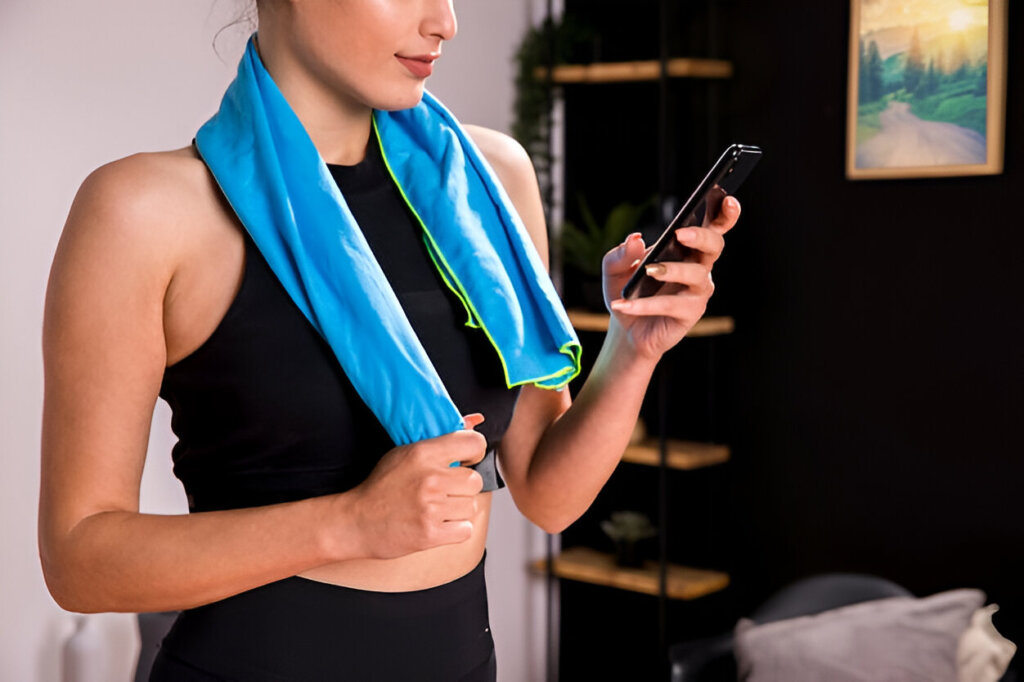Ludyway draws on years of industry expertise to guide aspiring entrepreneurs through each phase of launching a clothing brand. Below are 10 clear steps—rooted in Google EEAT principles—that blend practical advice with our custom manufacturing capabilities.
How To Start a Clothing Brand – 10 Easy Steps
Step 1: Define Your Niche and Unique Selling Proposition (USP)
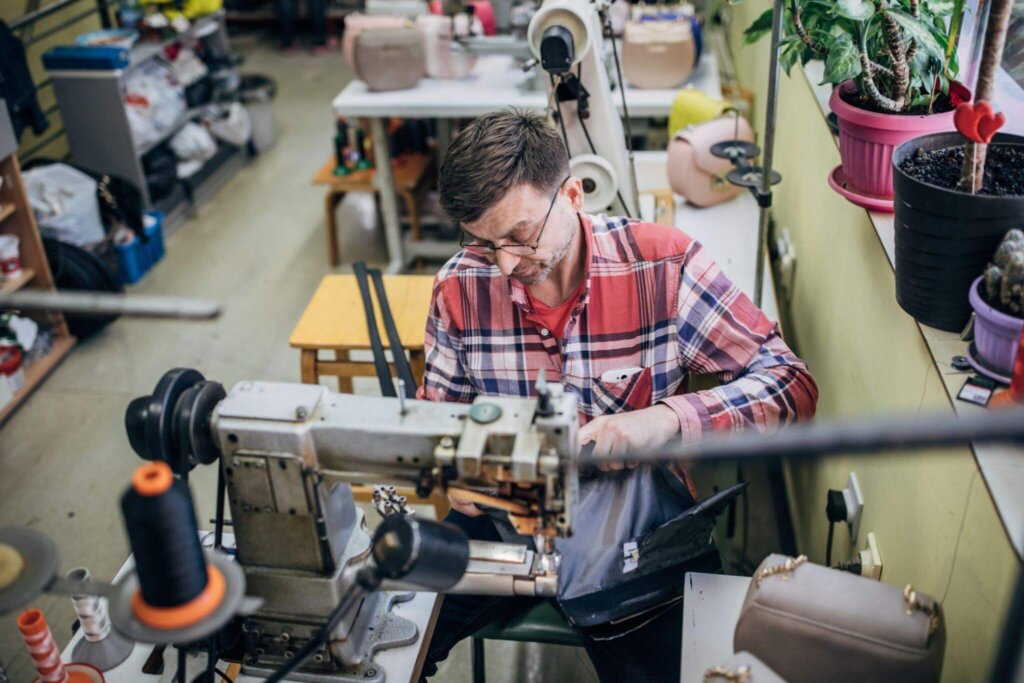
Begin by pinpointing the fashion segment you wish to serve. Assess customer needs, emerging trends, and identify gaps that your collection can fill. Your USP might be eco‑certified fabrics or inclusive sizing. Ludyway’s custom production allows you to translate that USP into every stitch, reinforcing your brand’s authority in a crowded market.
Step 2: Conduct Market Research and Identify Your Audience
Gather data on demographics, purchasing behaviors, and pain points. Use surveys, focus groups, and industry reports to validate demand. This step ensures informed decisions on design, pricing, and marketing. Partnering with Ludyway provides access to market insights from hundreds of global clients.
Step 3: Create a Comprehensive Business Plan

Your business plan should detail mission, vision, financial forecasts, operational workflow, and marketing strategy. It becomes the roadmap for growth and is crucial when securing funding. Ludyway clients tap into template resources and one‑on‑one consultations to sharpen this document.
Cost Analysis
- Manufacturing: Quality fabrics and craftsmanship define costs. Ludyway’s Custom Lingerie Manufacturer service balances superior materials with competitive pricing.
- Logistics: Storage, packaging, and shipping fees vary by volume and destination. Our global network reduces lead times.
- Website Development: A professional e‑commerce site elevates credibility. Ludyway’s partners offer turnkey solutions under budget.
- Marketing: Digital campaigns, SEO, and influencer partnerships drive visibility. Allocate at least 10–15% of your budget here.
- Licenses & Permits: Legal compliance varies by region. Factor in trademark registration and quality certifications.
- Labor: Staffing costs depend on skill levels and location. Outsource non‑core tasks to optimize resources.
Step 4: Choose Your Brand Name and Design a Logo
Select a memorable, legally available name. Create a logo that conveys your brand values—simplicity, sustainability, or luxury. Ludyway provides trademark checks and in‑house designers to ensure a cohesive visual identity.
Step 5: Design Your Collection

Sketch silhouettes, choose color palettes, and finalize tech packs. Consider functionality, fabric performance, and target price points. Ludyway’s design team offers expert feedback and iterative sampling to refine each piece.
Step 6: Source Materials and Suppliers
Quality begins with raw materials. Research fabric mills, trims, and hardware suppliers. Ludyway’s sourcing arm negotiates bulk purchasing to secure sustainable textiles and maintain consistent supply.
Step 7: Manufacturing and Production
Decide between in‑house production or outsourcing to specialized factories. Evaluate capacity, cost per unit, and ethical standards. With Ludyway’s Custom T-Shirt Manufacturer and Custom Hoodie Manufacturer services, you benefit from certified facilities and scalable MOQs.
Step 8: Build an Online Presence
Develop a user‑friendly website optimized for mobile. Integrate SEO best practices—fast load times, structured data, and keyword‑rich content. Activate social profiles on platforms where your customers engage most.
Step 9: Marketing and Brand Promotion
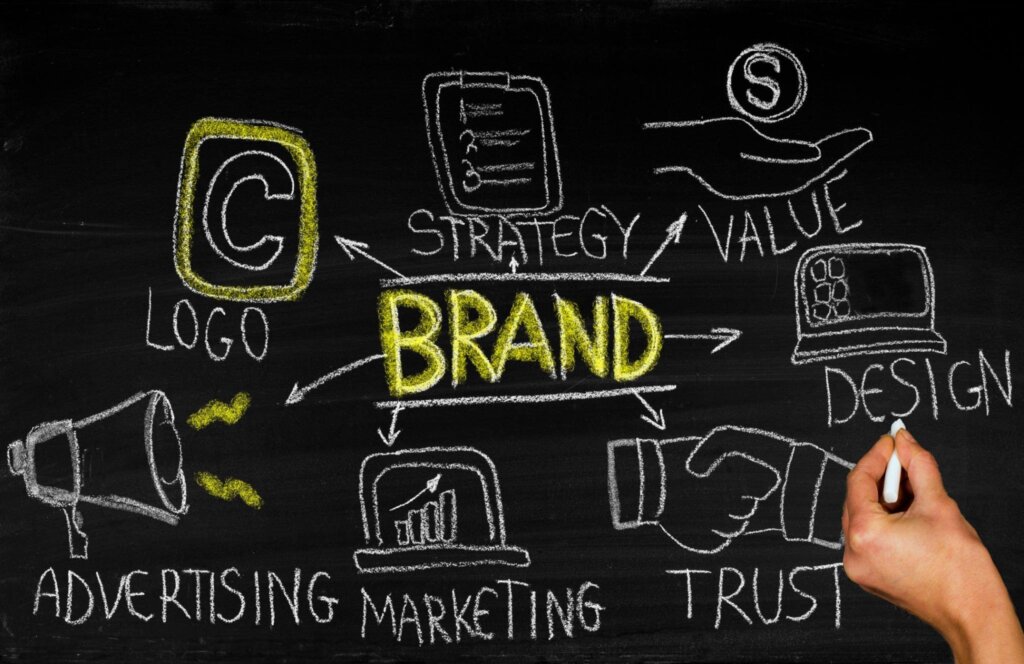
Create a multi‑channel marketing plan: content marketing, email campaigns, paid ads, and collaborations. Offer early‑bird discounts to your mailing list. Ludyway’s marketing toolkit includes ready‑to‑use templates aligned with EEAT guidelines.
Step 10: Launch and Iterate
Host a launch event—physical or virtual—to generate buzz. Collect customer feedback and adjust designs or processes accordingly. Continuous improvement cements trust and drives repeat business. Ludyway remains your manufacturing partner through each growth phase.
Why Start a Clothing Business?
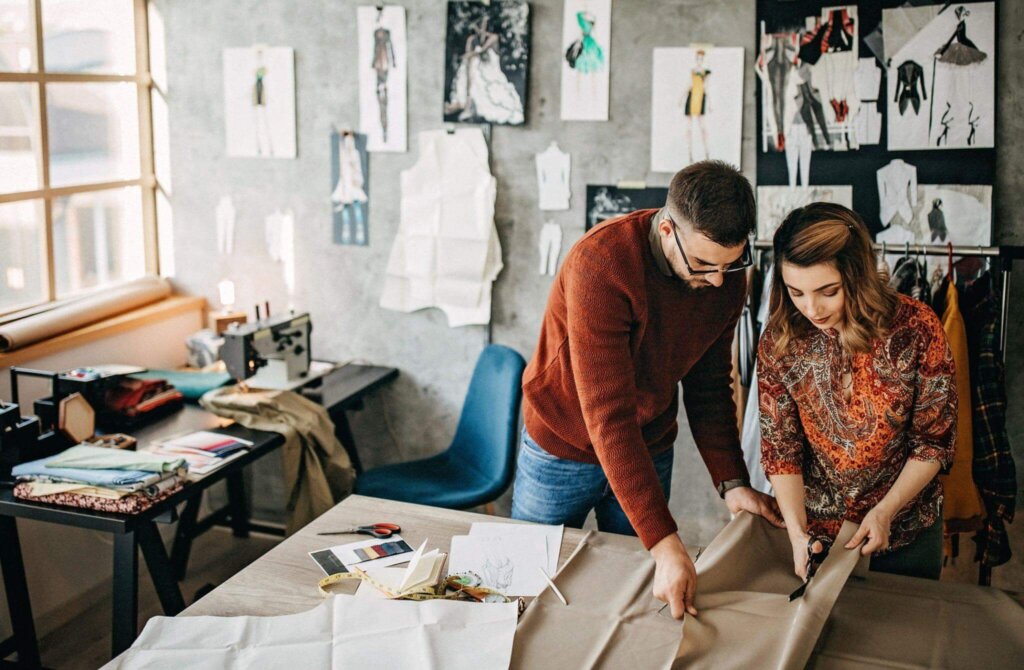
Launching a fashion brand merges creativity with entrepreneurship. By serving niche audiences and embracing sustainable practices, you build both profit and purpose. With intense competition and dynamic trends, strategic planning and reliable partners like Ludyway ensure you navigate challenges and achieve lasting success.




